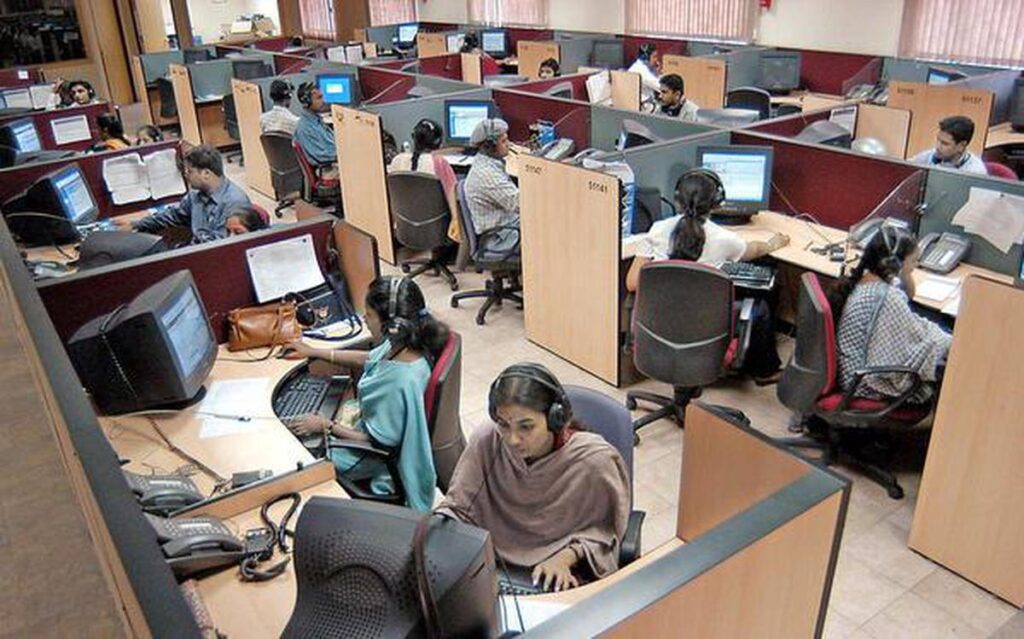“India’s Services Sector Remains Strong with PMI at 61.0 in September”
India’s services sector activity continued to grow in September, as the purchasing managers’ index (PMI) rose to 61.0 from 60.1 in August. The services PMI has remained above the expansion threshold of 50 for 26 consecutive months, indicating positive trends in the service economy.


India’s services activity continued its expansion in September, with the purchasing managers’ index (PMI) for the sector rising to 61.0 from 60.1 in August, according to data released by S&P Global on October 5. This PMI figure remains significantly above the key level of 50, which separates expansion from contraction in activity. In fact, the services PMI has been above 50 for 26 consecutive months.
Pollyanna De Lima, Economics Associate Director at S&P Global Market Intelligence, stated, “The latest PMI results brought more positive news for India’s service economy, with September seeing business activity and new work intakes rising to one of the greatest extents in over 13 years.”
The PMI is a survey-based indicator derived from the responses of around 400 service companies. It covers sectors such as non-retail consumer services, transport, information, communication, finance, insurance, real estate, and business services. These sector indices are then combined to give an overall PMI figure.
PMI data is considered a reliable indicator of economic activity momentum as it is released promptly at the beginning of each month. In contrast, official economic activity data, like the index of industrial production, is often published with a delay of a month or more. Policymakers rely on PMI data as a lead indicator of the economy’s health.
This latest PMI data on services follows a report from S&P Global that the manufacturing PMI fell to a five-month low of 57.5 in September, down from 58.6 in August. As a result, the composite PMI, which combines the manufacturing and services indices, inched up to 61.0 from 60.9 in August.
In September, the services PMI saw a substantial increase in new orders, with the second-fastest pace of growth since June 2010. Demand from Asia, Europe, and North America contributed to the increase in international business. To meet the growing demand, Indian service providers hired more staff, with job creation at a moderate pace but above the long-run average.
Notably, input cost inflation for service firms retreated substantially in September, reaching its long-run average and marking one of the weakest inflation rates since late 2010. The cost increases were related to items such as chicken, rice, vegetables, and transportation, as well as higher staff costs. Consequently, while service providers raised prices for clients, inflation was at its softest in six months.
This data may be of particular interest to the Reserve Bank of India (RBI) as it approaches its next interest rate decision, scheduled for October 6. The RBI’s Monetary Policy Committee has maintained the policy repo rate at 6.5 percent thus far in 2023-24 and is expected to continue this trend. While inflation had surged to a 15-month high of 7.44 percent in July, it has since fallen below 7 percent and could potentially drop below 6 percent in September.
This information suggests a positive outlook for India’s service sector and provides valuable insights for policymakers as they navigate economic policy decisions in the coming months.
Sources By Agencies







